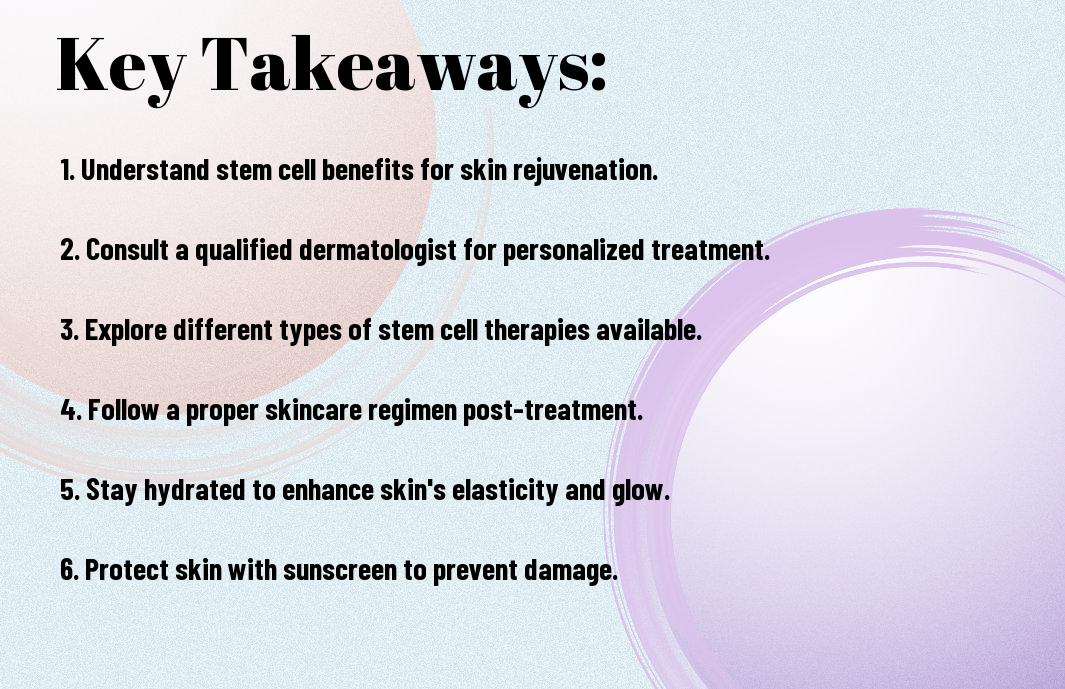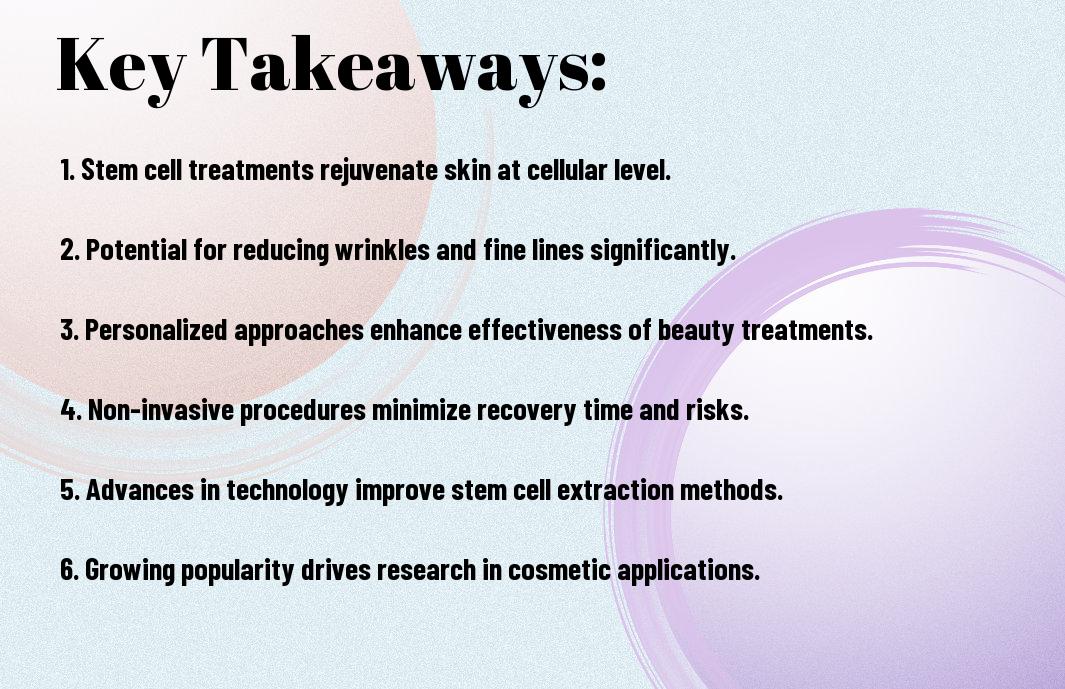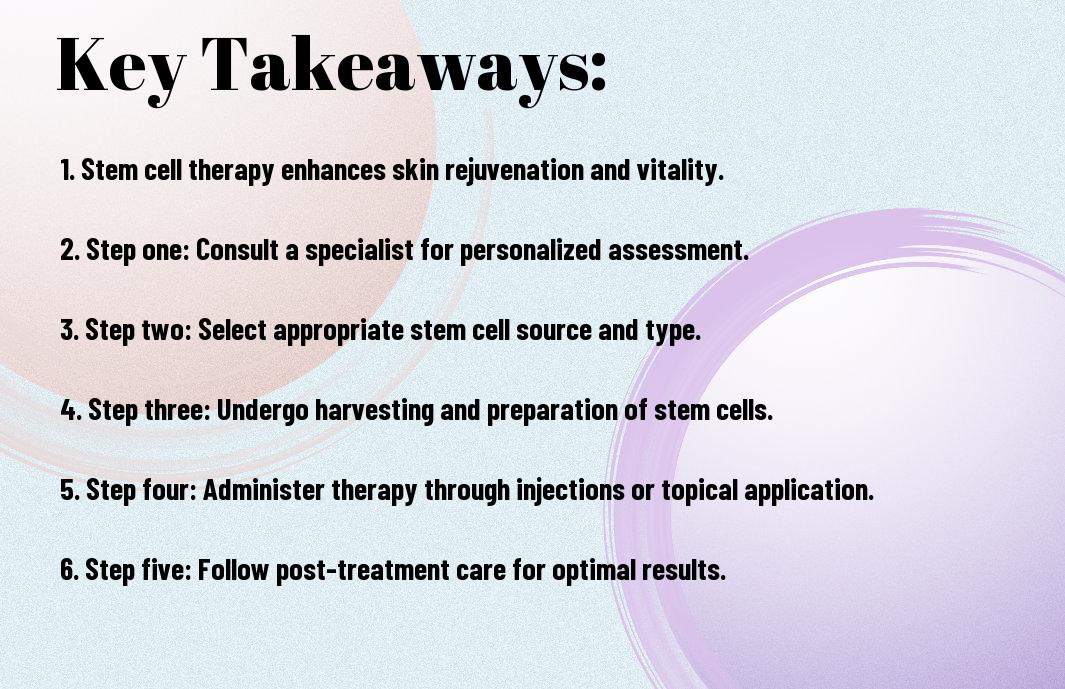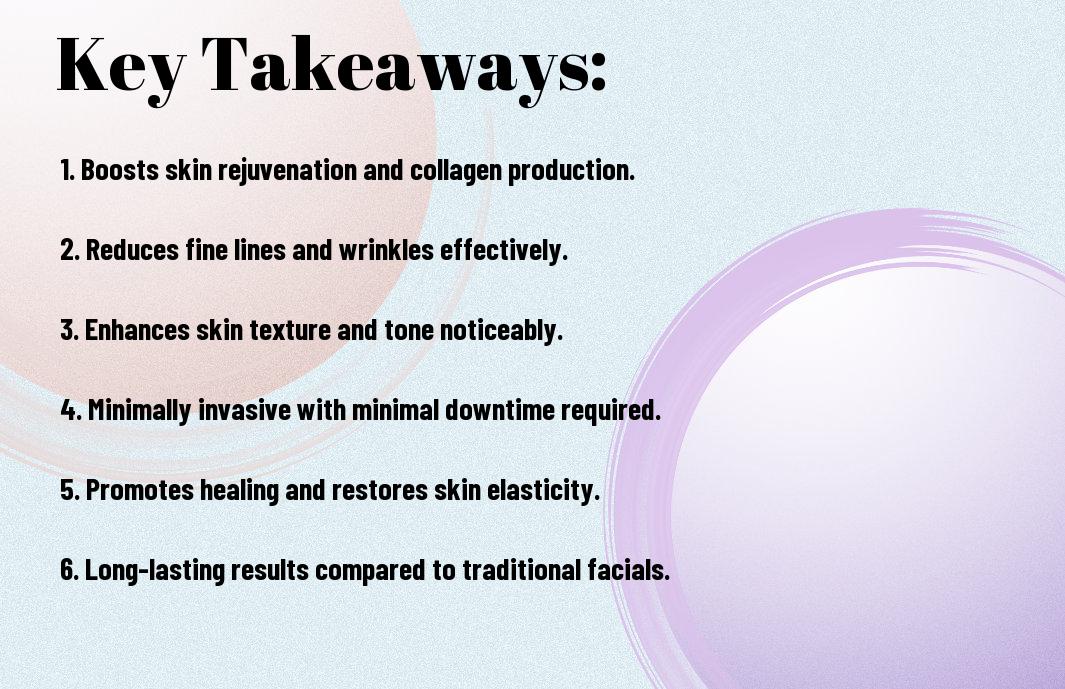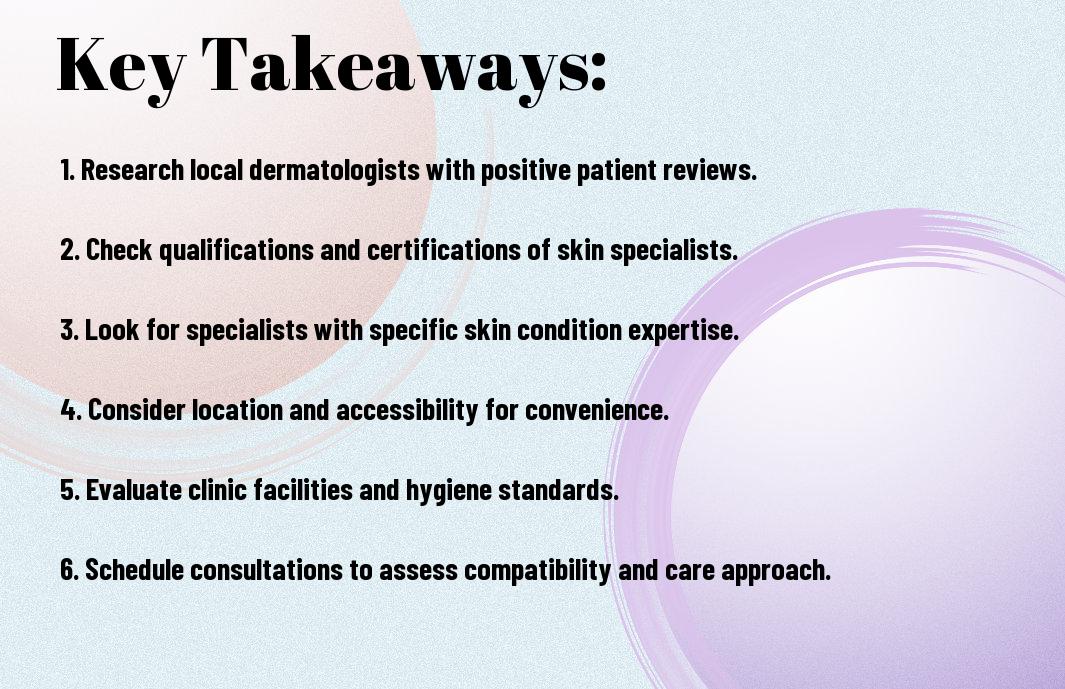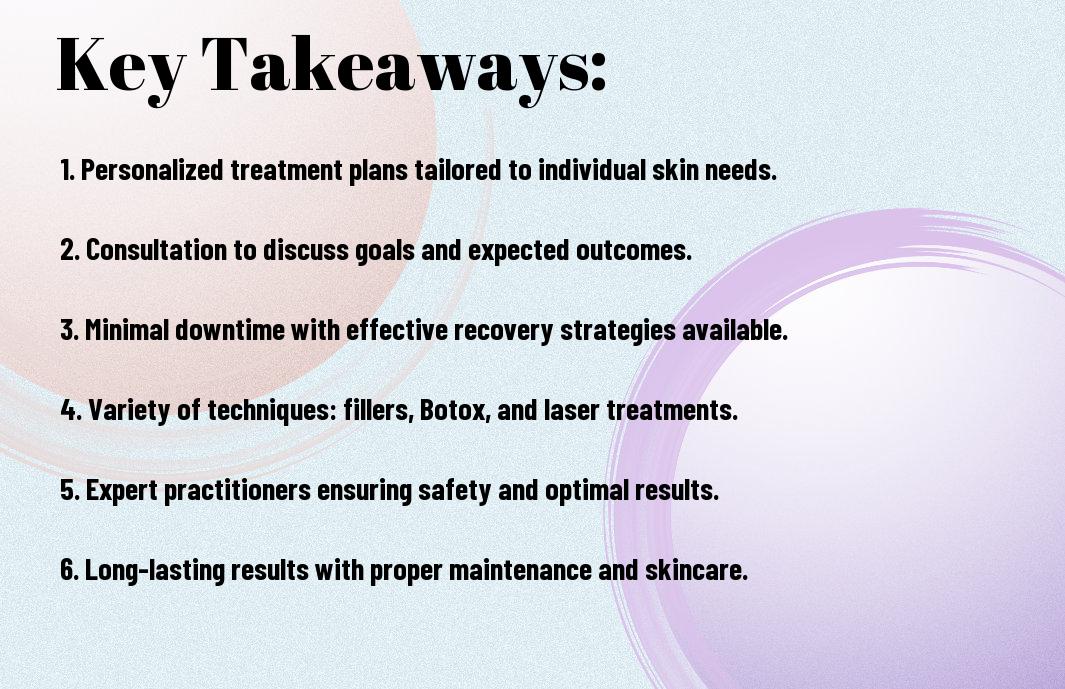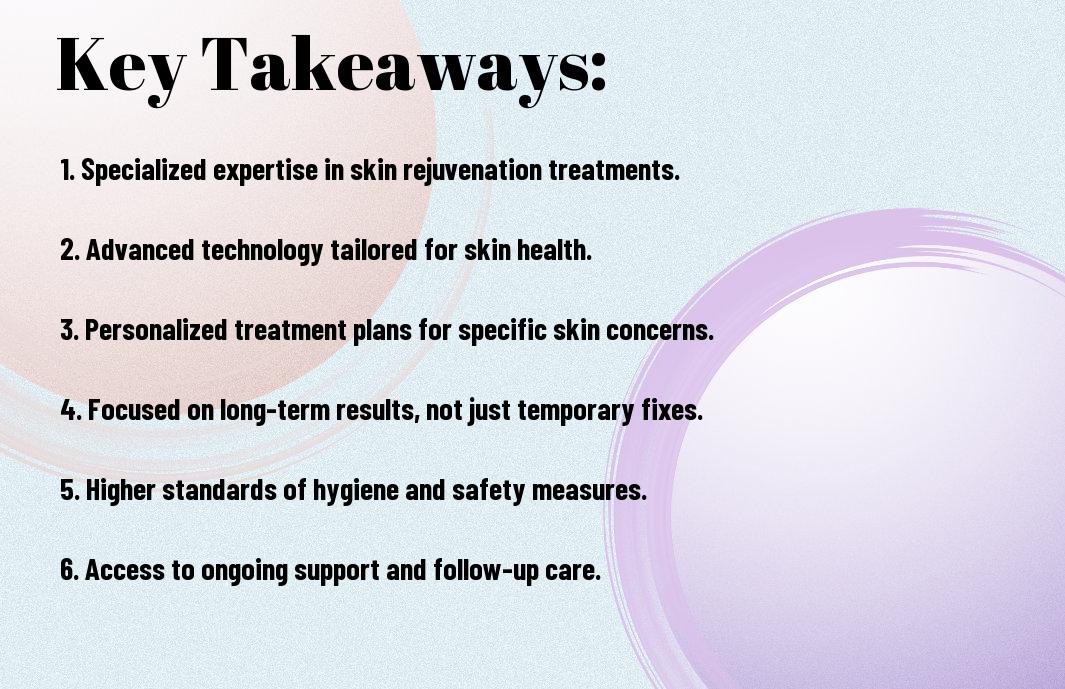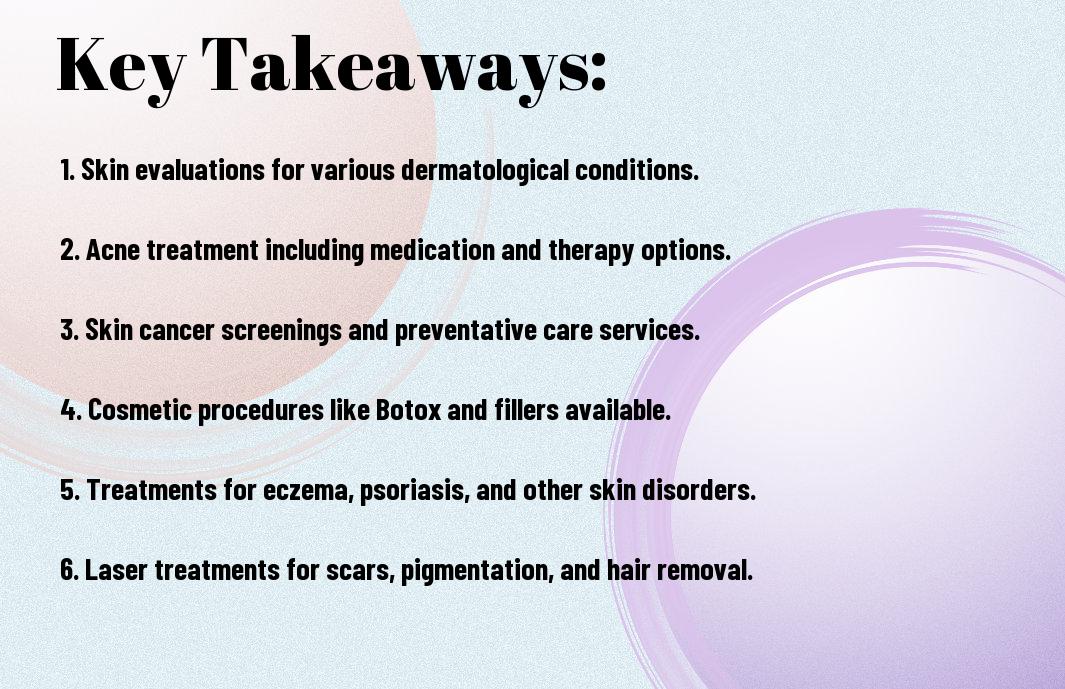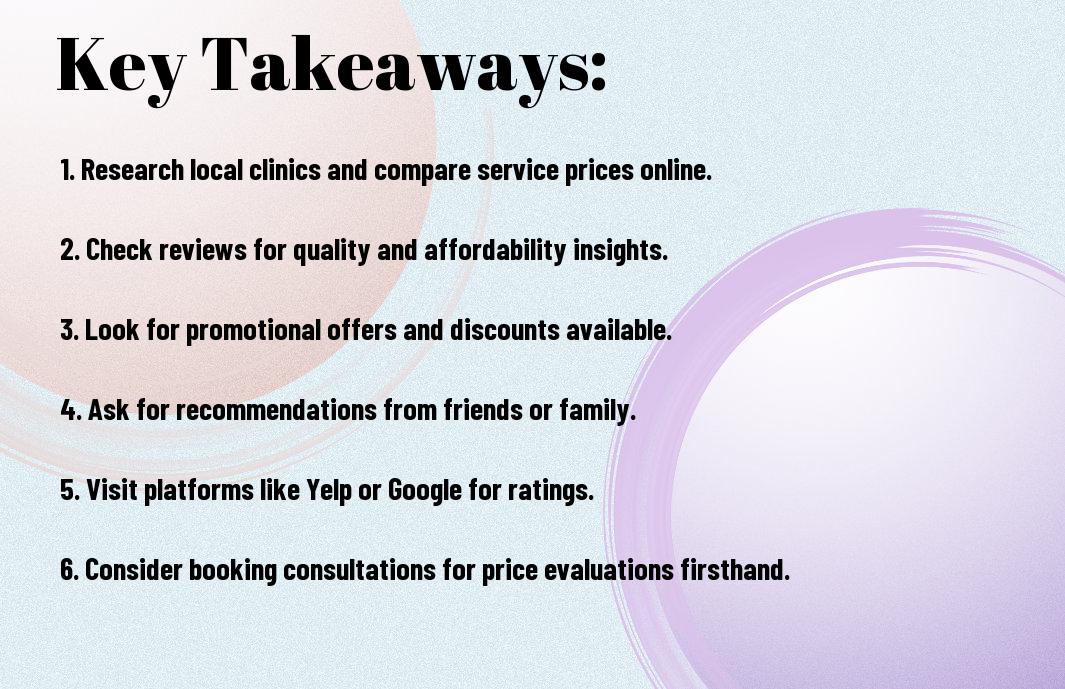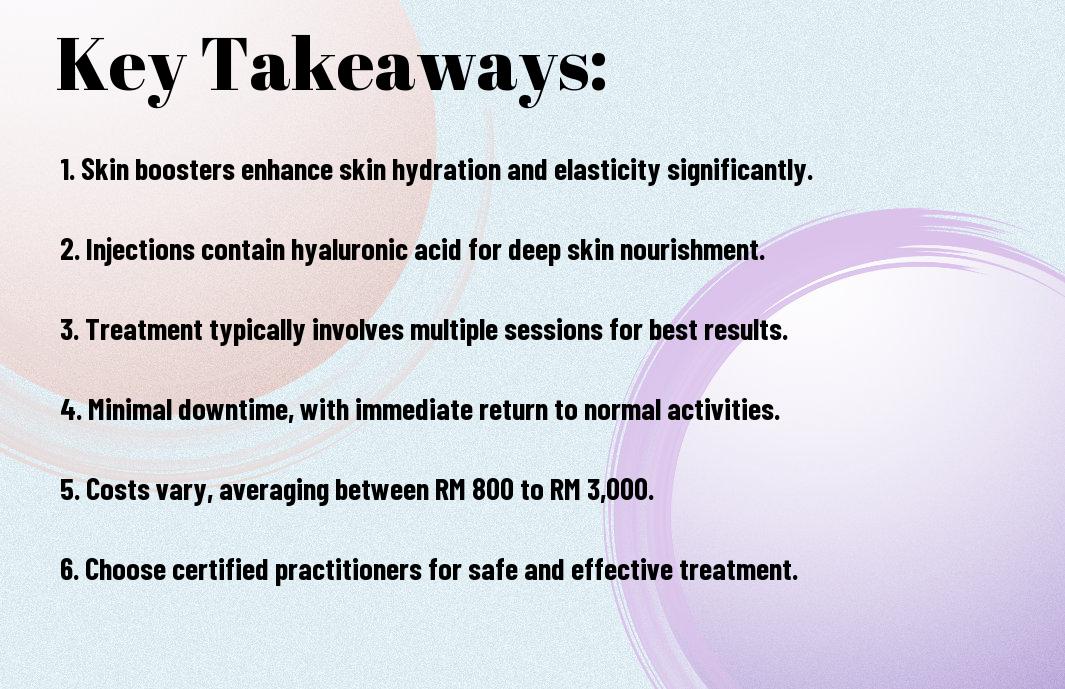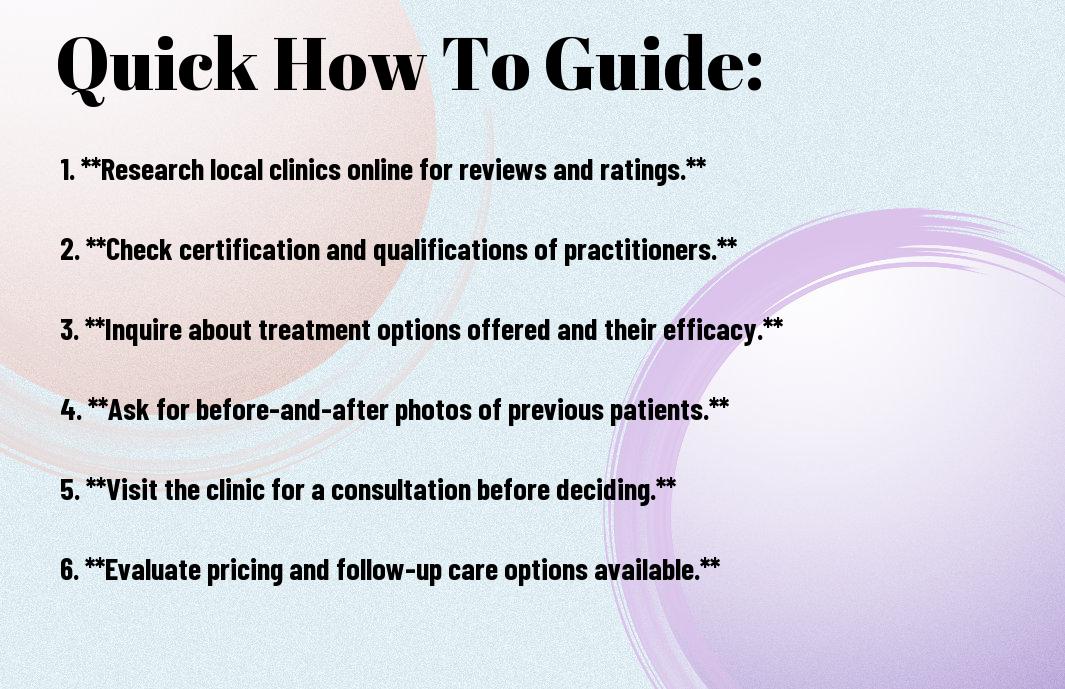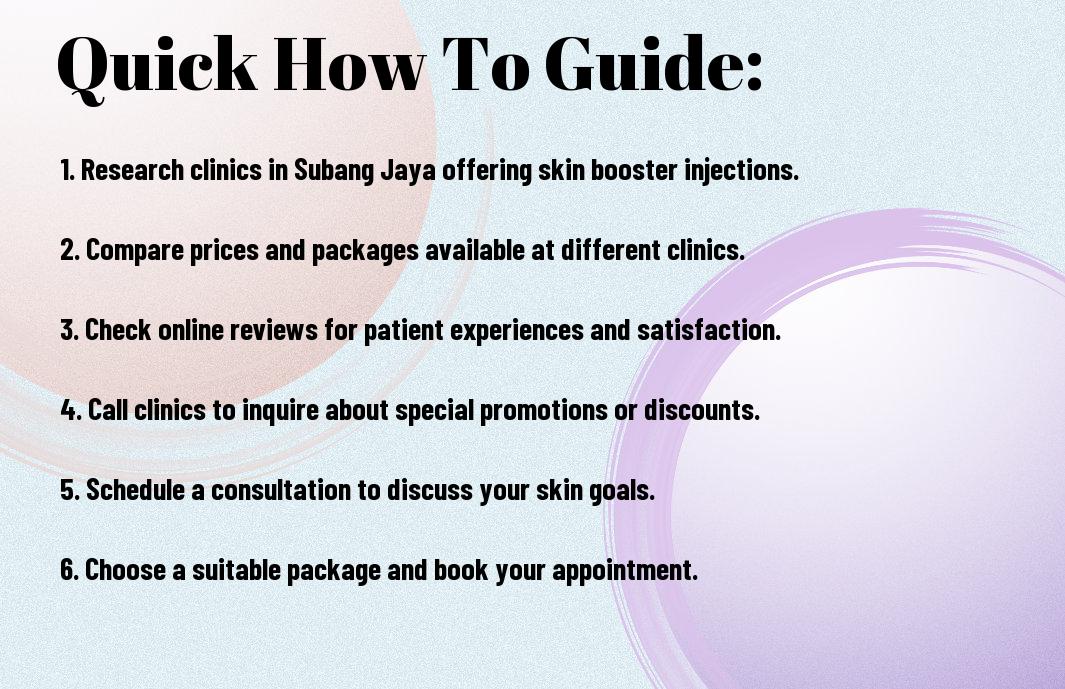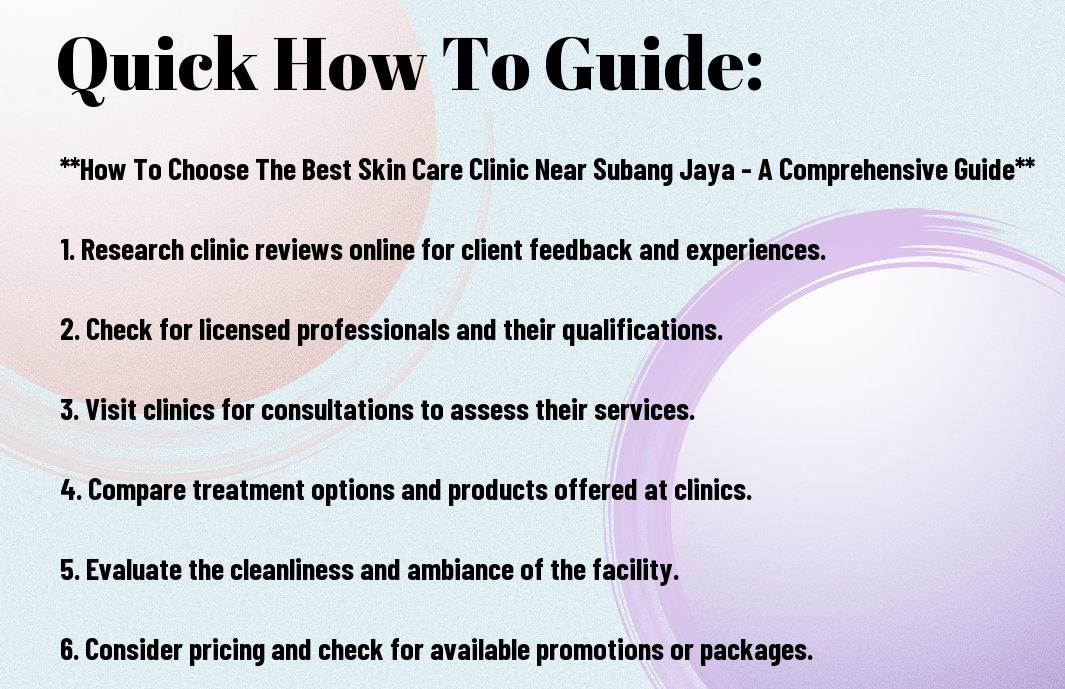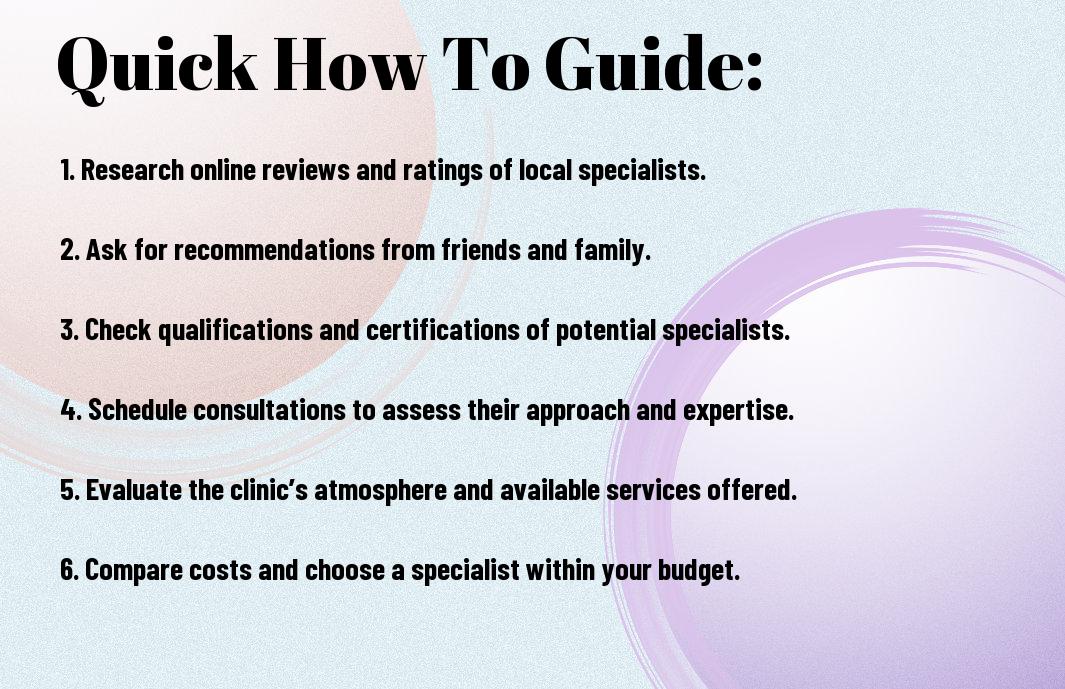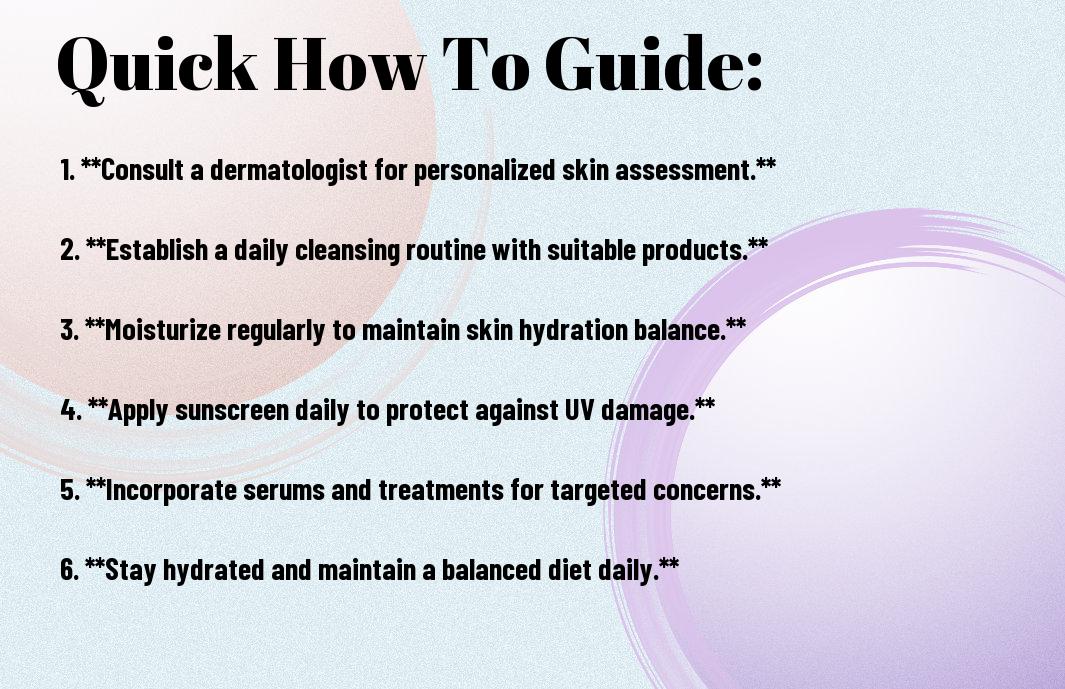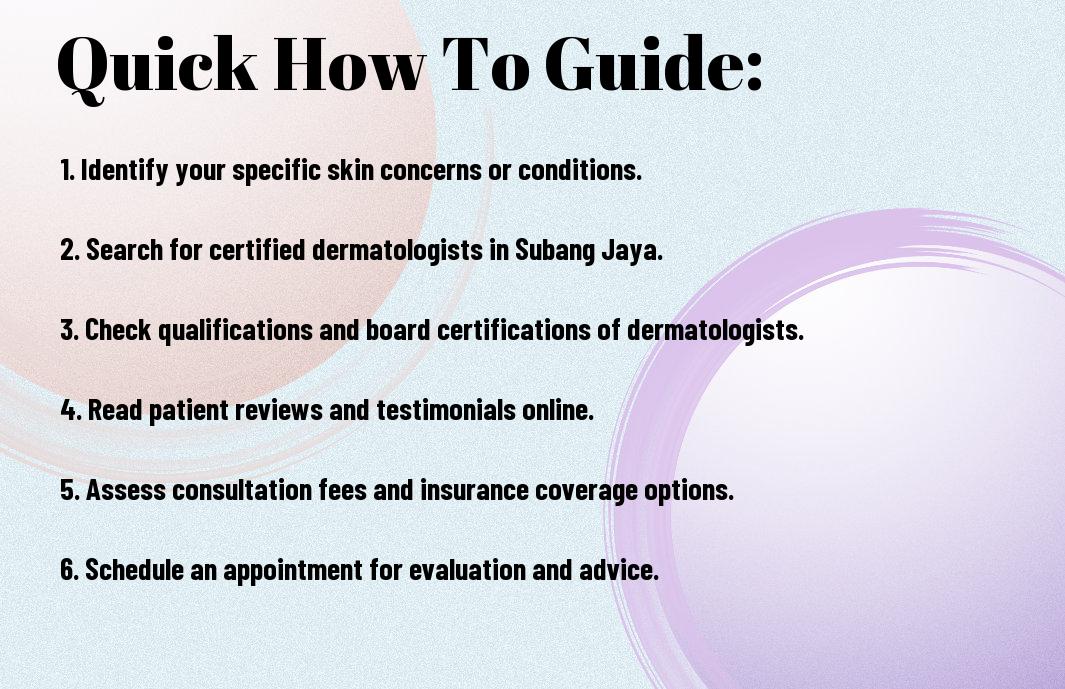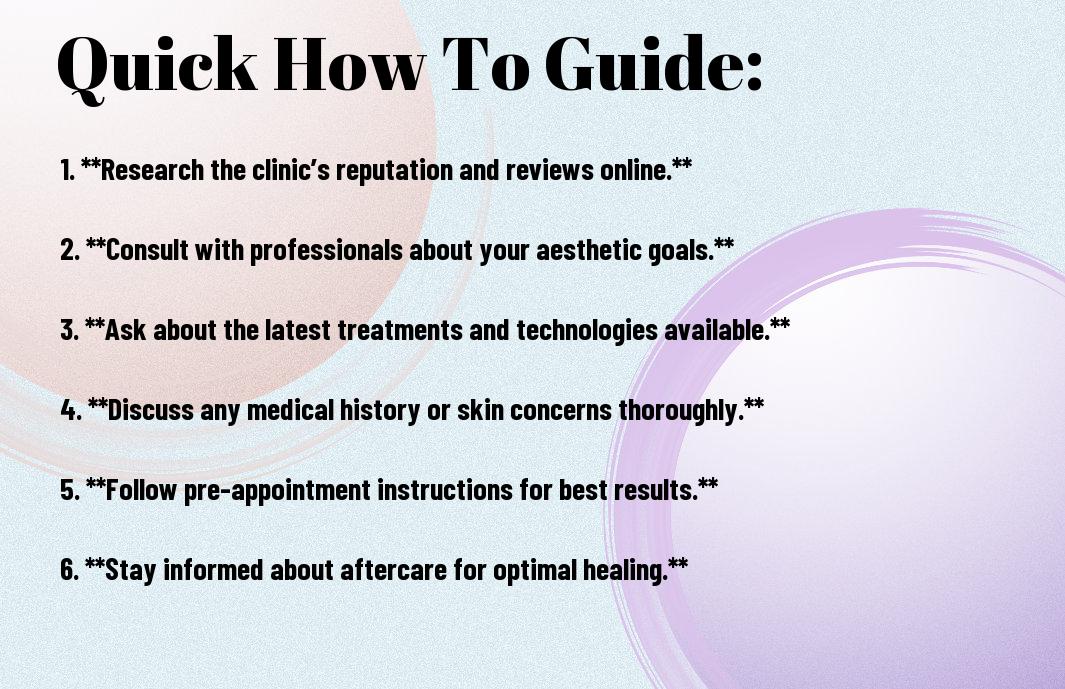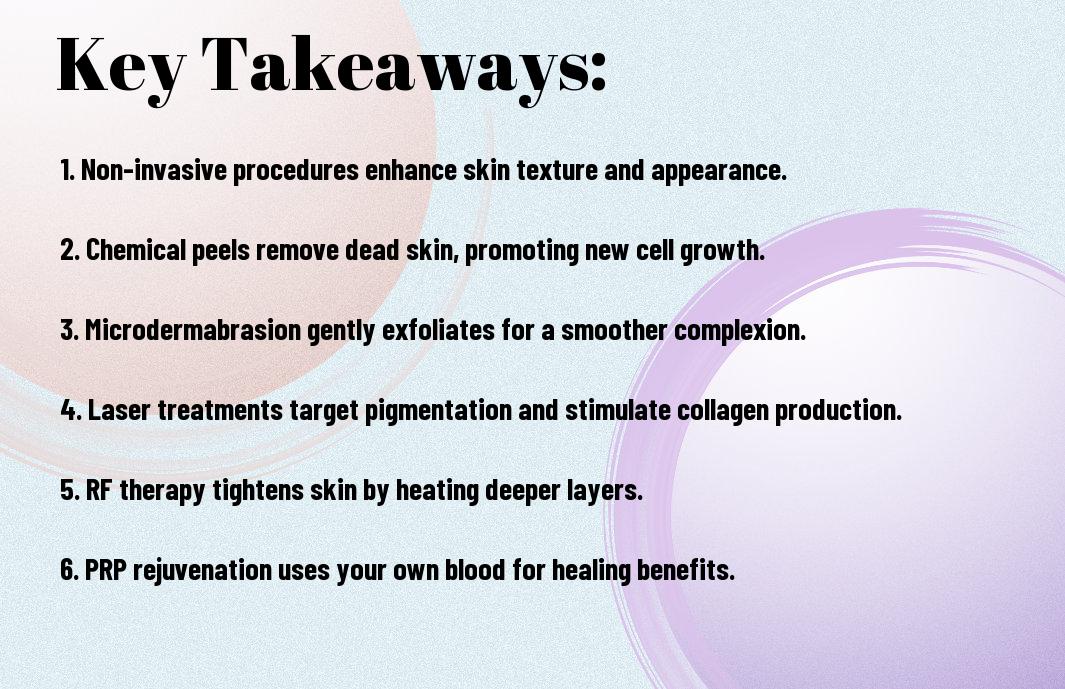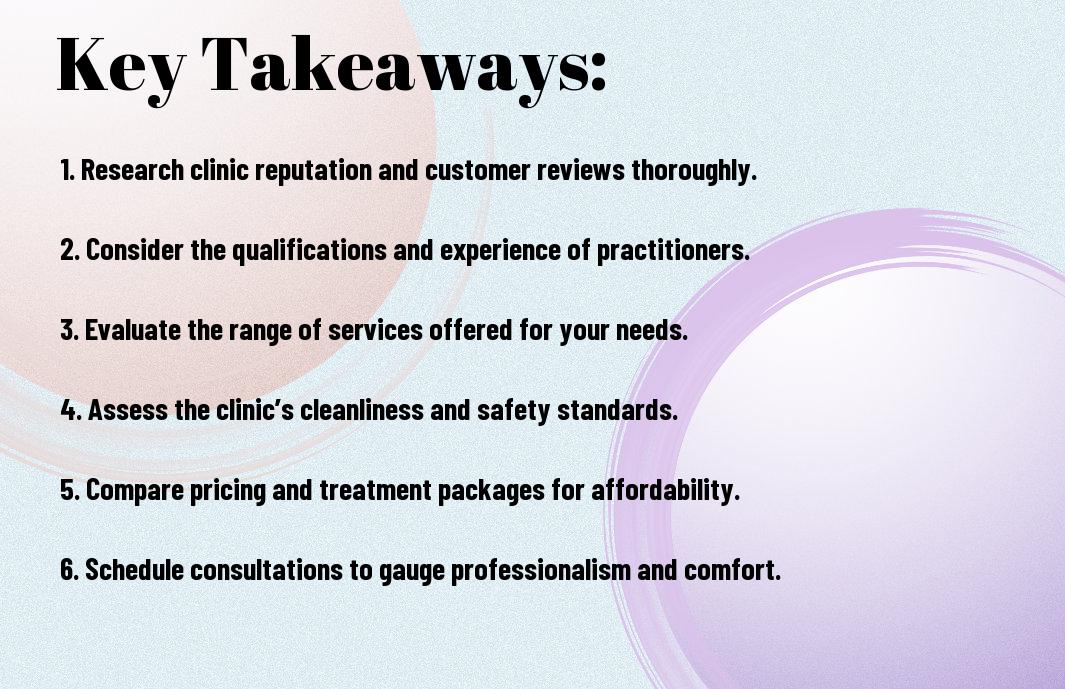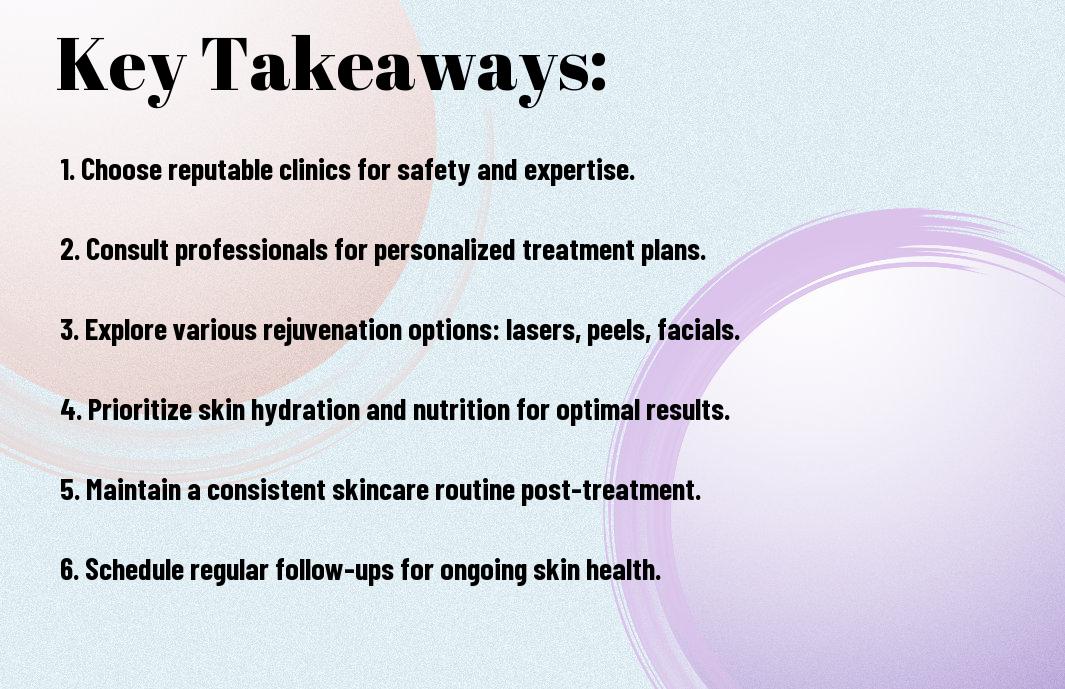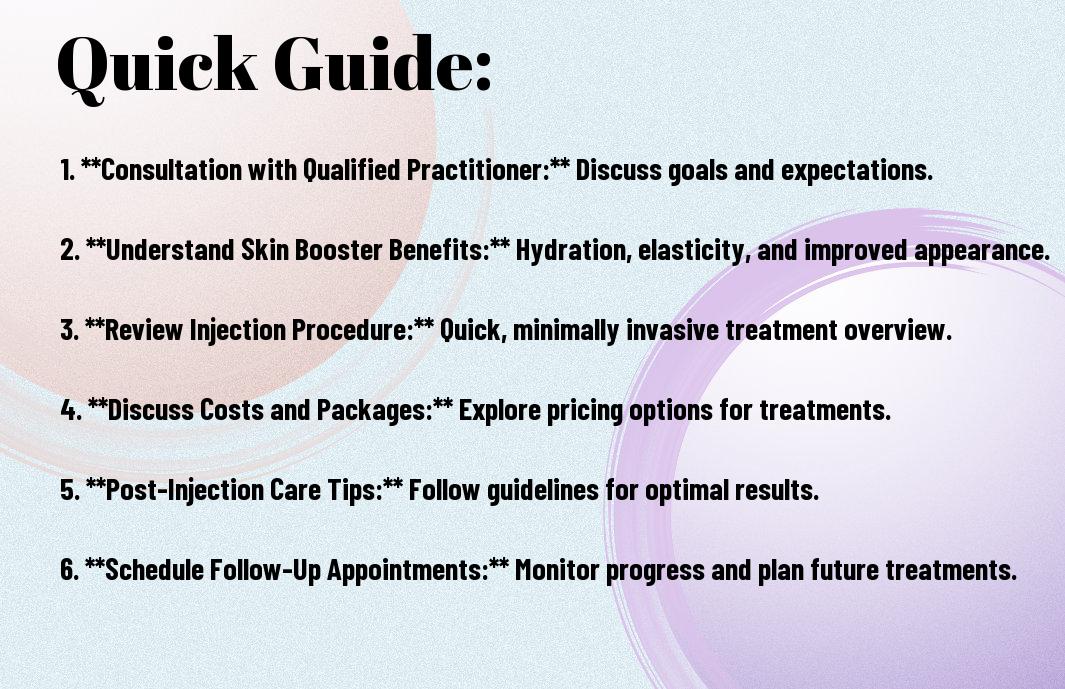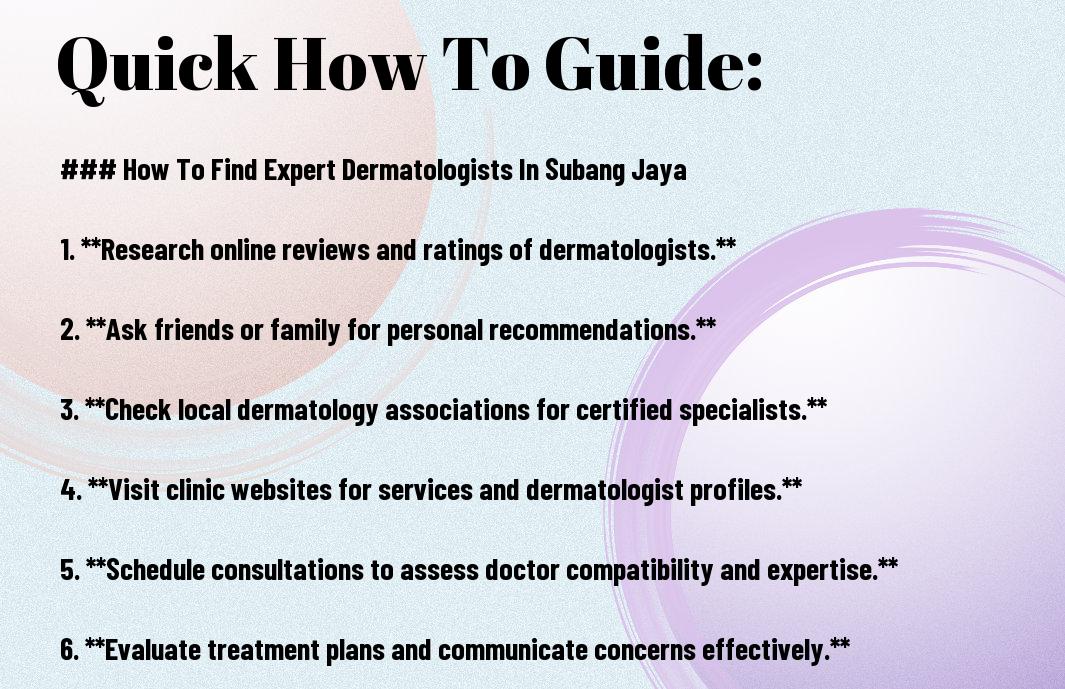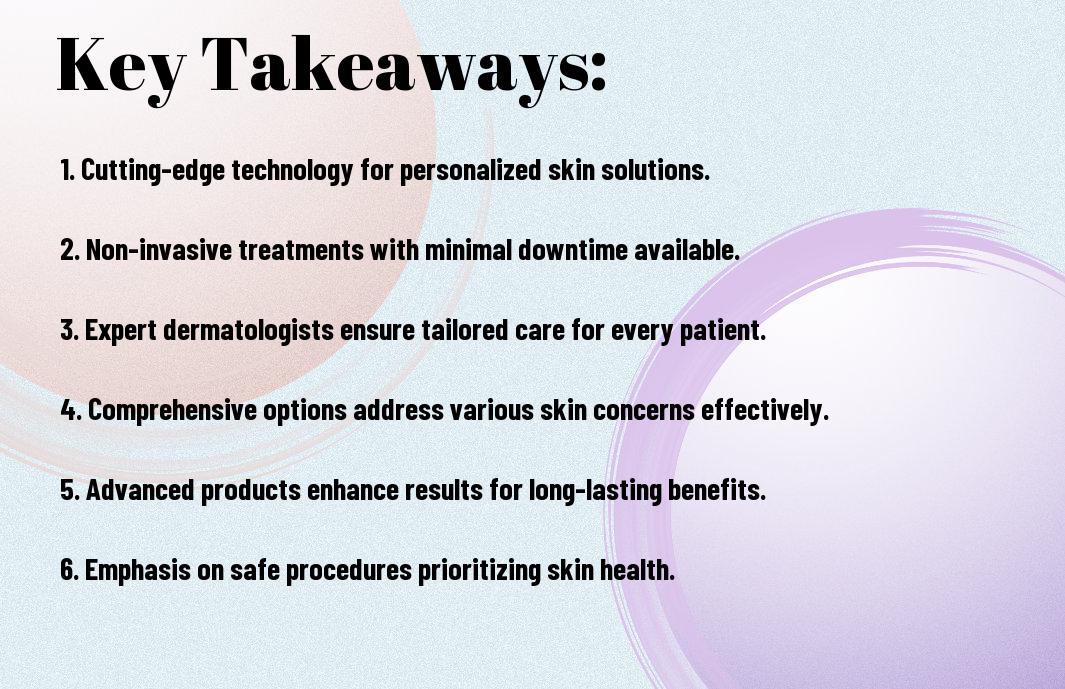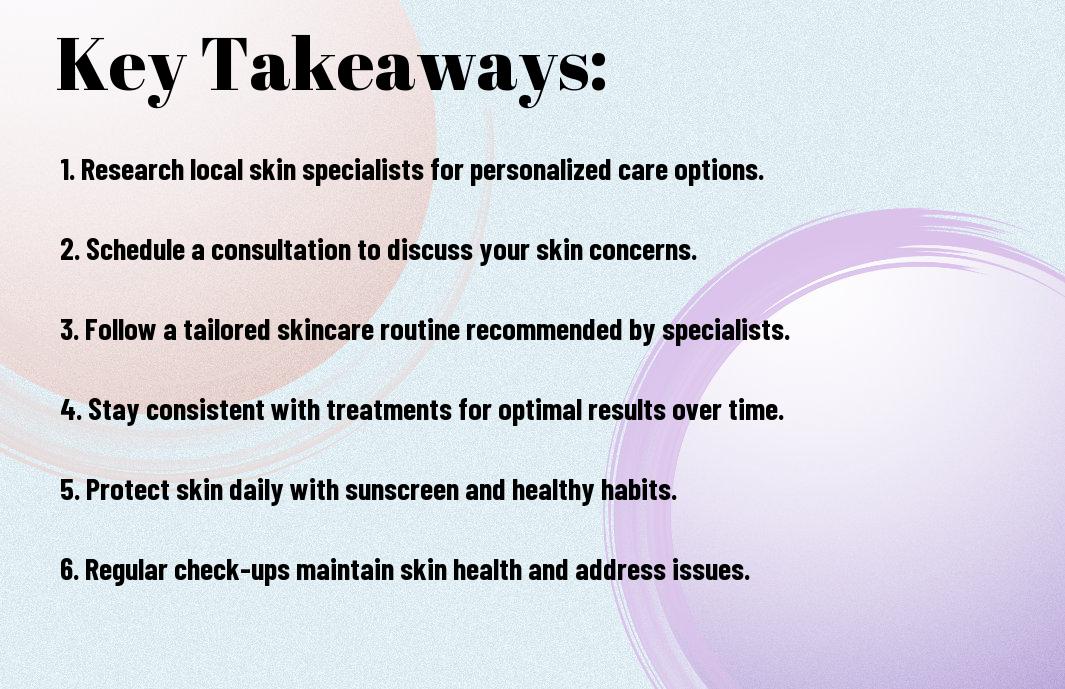What Are Hypertrophic Scars?
Hypertrophic scars are raised, thickened scars that develop at the site of skin injury. They result from an abnormal response to wound healing, where the body produces excess collagen during the repair process. Unlike keloid scars, which can grow beyond the original wound boundary, hypertrophic scars remain confined to the area of the injury.
Causes of Hypertrophic Scars
Hypertrophic scarring can occur due to:
-
Surgical incisions
-
Trauma or accidents
-
Burns
-
Piercings or tattoos
-
Skin infections
-
Acne lesions
-
Prolonged wound healing
The likelihood of developing these scars can increase with:
-
Delayed wound healing
-
High tension or movement at the wound site
-
Infections during healing
-
Genetic predisposition
Characteristics of Hypertrophic Scars
-
Red or pink color initially (may fade over time)
-
Firm and raised texture
-
Itching or discomfort
-
Restricted to the original wound area
-
May improve naturally over time, especially within 12 to 18 months
Difference Between Hypertrophic Scars and Keloids
| Feature | Hypertrophic Scars | Keloid Scars |
|---|---|---|
| Growth | Stay within the wound boundary | Extend beyond the original injury |
| Texture | Raised, thick, firm | Raised, shiny, rubbery |
| Duration | May flatten over time | Tend to persist or grow |
| Treatment | Often responds well to treatment | More resistant to treatment |
Treatment Options (hypertrophic scar removal)
Treatment depends on the severity and location of the scar. Common treatments include:
1. Silicone Gel Sheets or Creams
-
Helps flatten and soften the scar
-
Reduces redness and discomfort
2. Steroid Injections (Corticosteroids)
-
Reduces inflammation and scar tissue
-
Usually given monthly for several sessions
3. Laser Therapy
-
Targets pigmentation and texture
-
Fractional laser can stimulate collagen remodeling
4. Pressure Therapy
-
Used primarily for burn scars
-
Special garments apply constant pressure to flatten the scar
5. Surgical Revision
-
Removing the scar and re-closing the wound in a cleaner way
-
Often combined with steroid or silicone therapy post-op
6. Cryotherapy
-
Freezes scar tissue using liquid nitrogen
-
More common for keloids but sometimes used for hypertrophic scars
Prevention Tips
-
Proper wound care: Clean, protect, and moisturize healing wounds
-
Avoid excessive movement at the healing site
-
Use silicone products early in healing for high-risk individuals
-
Avoid sun exposure: Use sunscreen or cover the area to reduce discoloration
-
Seek early treatment if the scar starts to raise or thicken
Who Is at Higher Risk?
-
Individuals with darker skin tones
-
Those with a family history of hypertrophic or keloid scarring
-
People undergoing multiple surgeries or who have had burn injuries
Hypertrophic scars are a common but treatable skin condition that arises from overactive wound healing. While they may resolve on their own in some cases, early intervention can significantly improve the cosmetic outcome and reduce discomfort. If you’re concerned about a developing scar, consult a dermatologist or skin specialist to explore the best treatment options.
FAQ:
Do hypertrophic scars go away?
Hypertrophic scar treatment

1Signature Clinic
1Signature Clinic (Beauty Clinic & Skin Specialist) Taipan USJ, Subang Jaya
Address: 40, Jalan USJ 10/1e, USJ 10, Taipan Business Centre, 47620 Subang Jaya, Selangor, Malaysia
Phone: 01133441949
Location Map: direction


